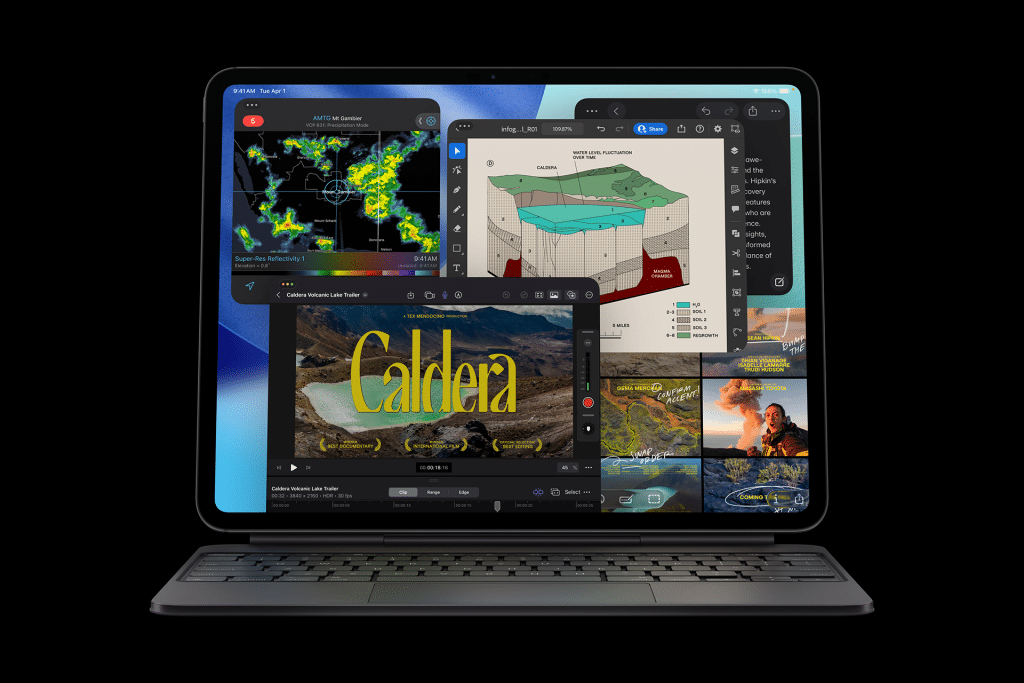Apple’s latest developer beta of macOS Tahoe 26.2 introduces a new feature that allows users to combine multiple Macs into a single shared AI compute cluster, according to Engadget’s reporting. The capability effectively lets developers pool processing power across Apple silicon systems and run local AI workloads with substantially higher throughput. While this feature is oriented toward development and testing rather than general consumer use, it marks one of Apple’s most significant steps toward distributed on-device computing.
The system works by connecting Macs on the same network and assigning one device as the host node. Other Macs join the environment as contributors, allowing supported workflows to run in parallel across machines. Apple positions the feature as a way to accelerate local experimentation with models and frameworks that benefit from distributed compute.
Expanding Local AI Capacity
The new setup enables Macs with M-series processors to work together for tasks including model compilation, inference pipelines and training sessions that operate entirely on local hardware. Developers can distribute workloads manually or allow macOS Tahoe to divide processing automatically, depending on the tool in use. Early testers note that the system is designed with a strong focus on privacy and local-only execution, reflecting Apple’s broader strategy of emphasizing on-device intelligence.
One of the immediate use cases involves speeding up Apple Intelligence-related development. Tools that prepare models, optimize them for Apple silicon or generate test outputs can now draw from the collective power of multiple machines, reducing processing time for complex builds.
A Distributed Architecture Tailored to Apple Silicon
macOS Tahoe’s implementation relies on the efficiency and shared architecture of M-series chips. Because Apple silicon features a unified memory system, macOS handles data distribution and task allocation in a way that minimizes overhead. The cluster does not merge RAM across machines in the literal sense, but it allows parallel operations that simulate the benefits of larger compute resources.
Networking is handled through local connections, with macOS dynamically adjusting how devices communicate based on bandwidth and availability. Machines can join or exit the cluster without interrupting workloads running on other nodes, allowing for a flexible setup that accommodates mixed hardware—such as Mac mini units acting as compute nodes and a MacBook Pro functioning as the primary interface.
Developer Tools
To take advantage of the compute cluster, users must install macOS Tahoe 26.2 and enable the feature from the developer settings. Apple’s documentation notes that the system supports a variety of AI development tools, including model converters, vision and audio pipelines, and certain training workflows designed to run on local silicon rather than cloud infrastructure.
Because the feature is developer-centric, Apple is framing it as a way to prototype and validate model performance before deploying to cloud platforms or shipping apps to users. It also aligns with Apple’s emphasis on integrating AI across hardware and software in a way that protects user data by keeping processing on the device.
Mac-Based AI Workflows
Allowing multiple Macs to behave like a small AI compute cluster has several broader implications. It gives developers the ability to scale local workloads without relying on external servers, especially useful in environments where data privacy or network limitations prevent cloud training. It may also encourage new uses for older or idle Macs, which can act as additional compute nodes.
For students, researchers and small development teams, the feature offers a cost-efficient way to access distributed AI compute without investing in dedicated server hardware. It also serves as an example of how Apple intends to balance its emphasis on on-device intelligence with practical needs for higher performance during development.
Engadget notes that Apple is not positioning this as a replacement for cloud compute. Instead, it expands the range of what can be accomplished locally, complementing cloud services rather than competing with them. It adds a level of scalability to the Mac platform that was previously difficult to achieve without remote systems or specialized clusters.
By letting Macs share workloads securely on local networks, macOS Tahoe 26.2 represents a forward step in Apple’s AI infrastructure strategy. It highlights a shift toward distributed, privacy-preserving compute that leverages the strengths of Apple silicon and provides developers with new ways to experiment and build.
More details on the feature are expected as the beta continues and Apple refines workflow compatibility and network handling. The final version is anticipated to roll out more broadly once macOS Tahoe 26.2 exits developer testing.
